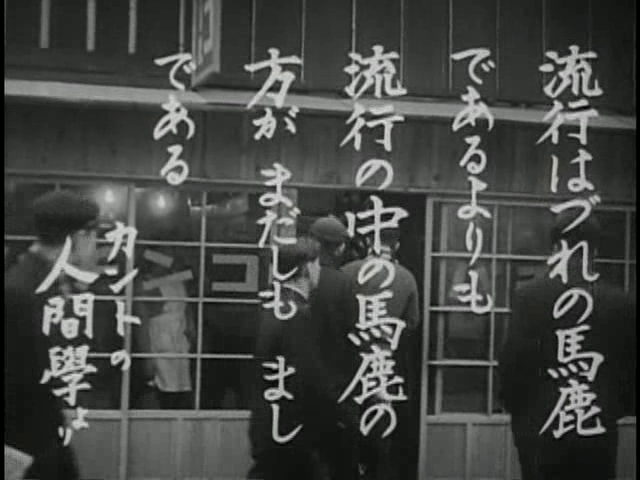I have compiled the annual "Amusement Machines" summaries from Cash Box magazine. Thank you David E. F. Gleason for your wonderful site World Radio History and your commitment to archiving and preservation.
Read + download at archive.org
This gives a glimpse of most amusement machines found in Cash Box across nearly 3 decades. Please note that it sometimes shows the machines written about in the past year, not just machines that were released that year, so some machines will appear in more than one year, and some machines might have been released a year before appearing in Cash Box, but those are rare exceptions.
example pages:
 |
| 1955 |
 |
| 1956 |
 |
| 1964 |
 |
| 1969 |
 |
| 1976 |
 |
| 1983 |
The anniversary was always celebrated in the first issue of July. This feature continued until 1985, but the 1984 issue with it is not currently online. If we look at the cover of the 1984-07-07 issue that is online, it says that it is Part 2.
 |
| Cash Box 1984-07-07: Part 2 cover detail |
Once we are able to find Part 1 and get that scanned (PLEASE EMAIL ME IF YOU HAVE IT) I will update the PDF file to include 1984 and 1985, the final two years they did these annual summaries.






























